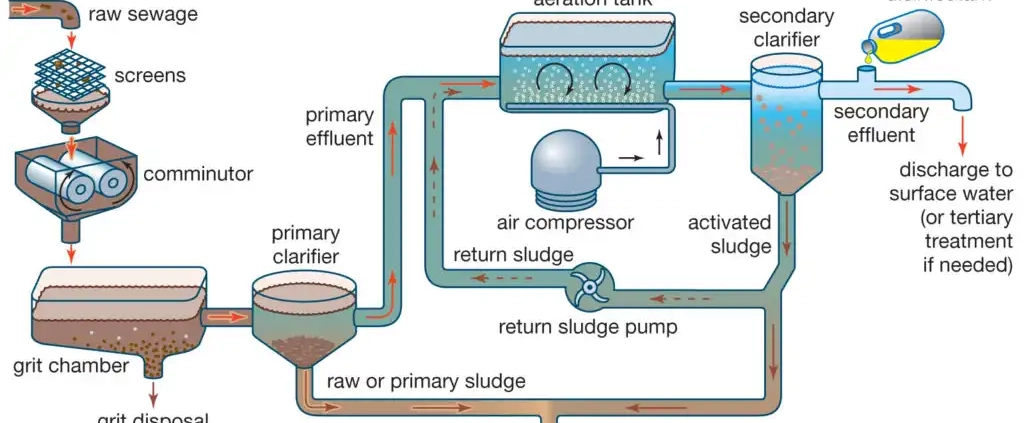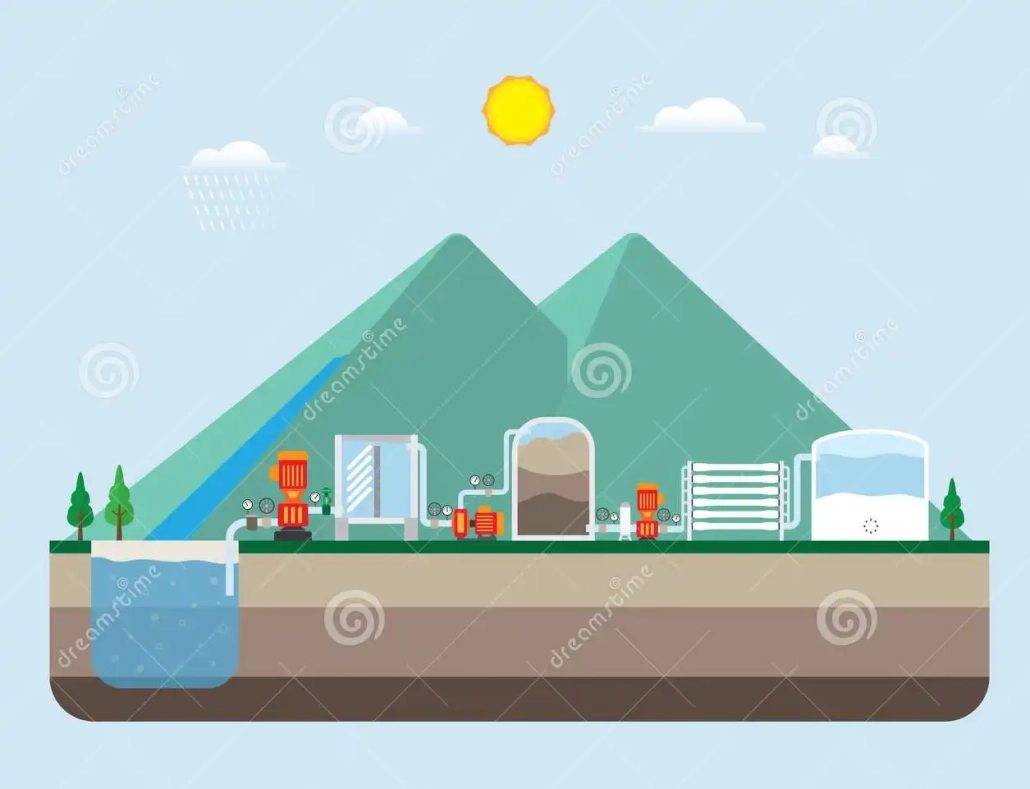

History of wastewater recovery
History of Wastewater Recovery Wastewater recovery has been used for agricultural irrigation in Greece for 2000 years ago. In the 16th century, European countries used wastewater recovery for irrigation in the agricultural industry. In the 1940s in the American steel industry, wastewater recovery became important. In 1968, wastewater recovery was used for drinking water in Namibia. In 1984, wastewater recovery was used to flush very large tanks in Japan. Since 2000, more than half of wastewater has been used for agricultural irrigation in the United States.






Wastewater recovery and reuse
Continuous population growth, surface and underground water pollution, non-uniform distribution of water resources and periodic droughts have forced water and sewage organizations and experts to look for new sources for water supply. The technology of using high-quality treated sewage effluent as a reliable water source has attracted much attention. Today, with the advancement of technology and the invention of advanced wastewater treatment methods, it is possible to treat a major part of the wastewater produced in industries as well as sanitary wastewater and return the treated wastewater to the reuse cycle.
Water purification is necessary to remove harmful bacteria and parasites in water. Some of these bacteria cause illnesses that may last for weeks. These bacteria and parasites can even remain in the environment for months. These pathogens are effectively removed by passing water through the micro and nano filters in the water purifier. Also, considering our country’s location in the water-scarce region of the world and the limited access to water resources in a large part of the country, the use of treated wastewater for various purposes can be a very suitable and affordable option to supply water needed by various industries. At the same time, it leads to the preservation of existing water resources and the prevention of water loss and environmental pollution.




Methods of using treated wastewater
1- Irrigation of agriculture and green spaces: one of the most common uses of treated wastewater is its use for irrigation of green spaces or agricultural irrigation. Most of the aerobic processes of wastewater treatment, such as extensive aeration process, MBBR process, SBR process, etc., will easily reach the standard if they are designed and managed in principle. Agricultural irrigation is done using wastewater in various ways, including drip irrigation, water flooding, etc.
2- Use in industries: Another use of treated wastewater is to use it in the production line of industries as inlet or washing water. This method of use is currently used in many industries and industries use the effluent from their treatment plant. Another industrial use of treated wastewater is its use for cooling.
3- Fish farming: The quality of treated effluent for fish farming should be within the standard of discharge to surface waters. For this purpose, design and management must be carried out in a precise and scientific manner.
4- Use for bathing or drinking: It is not common to use purified wastewater for bathing or drinking. To achieve this quality, MBR process should be used along with advanced purification. After going through the purification steps and following the sanitary standards, the wastewater can be used for bathing or drinking.


